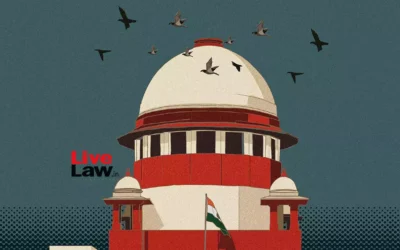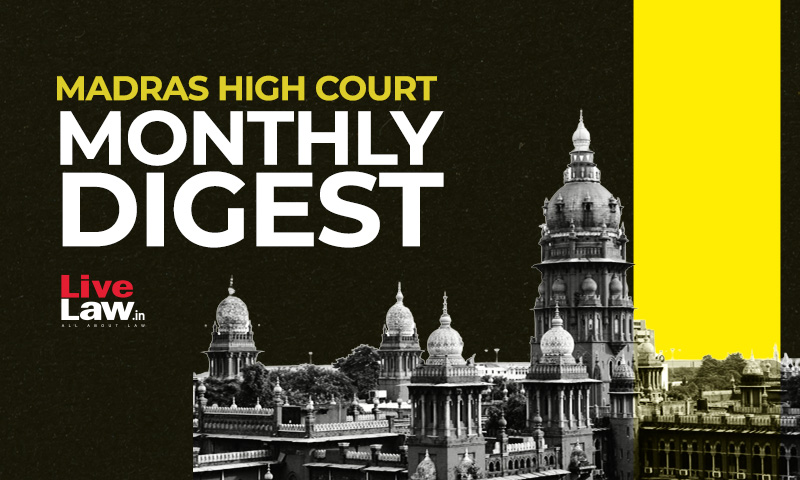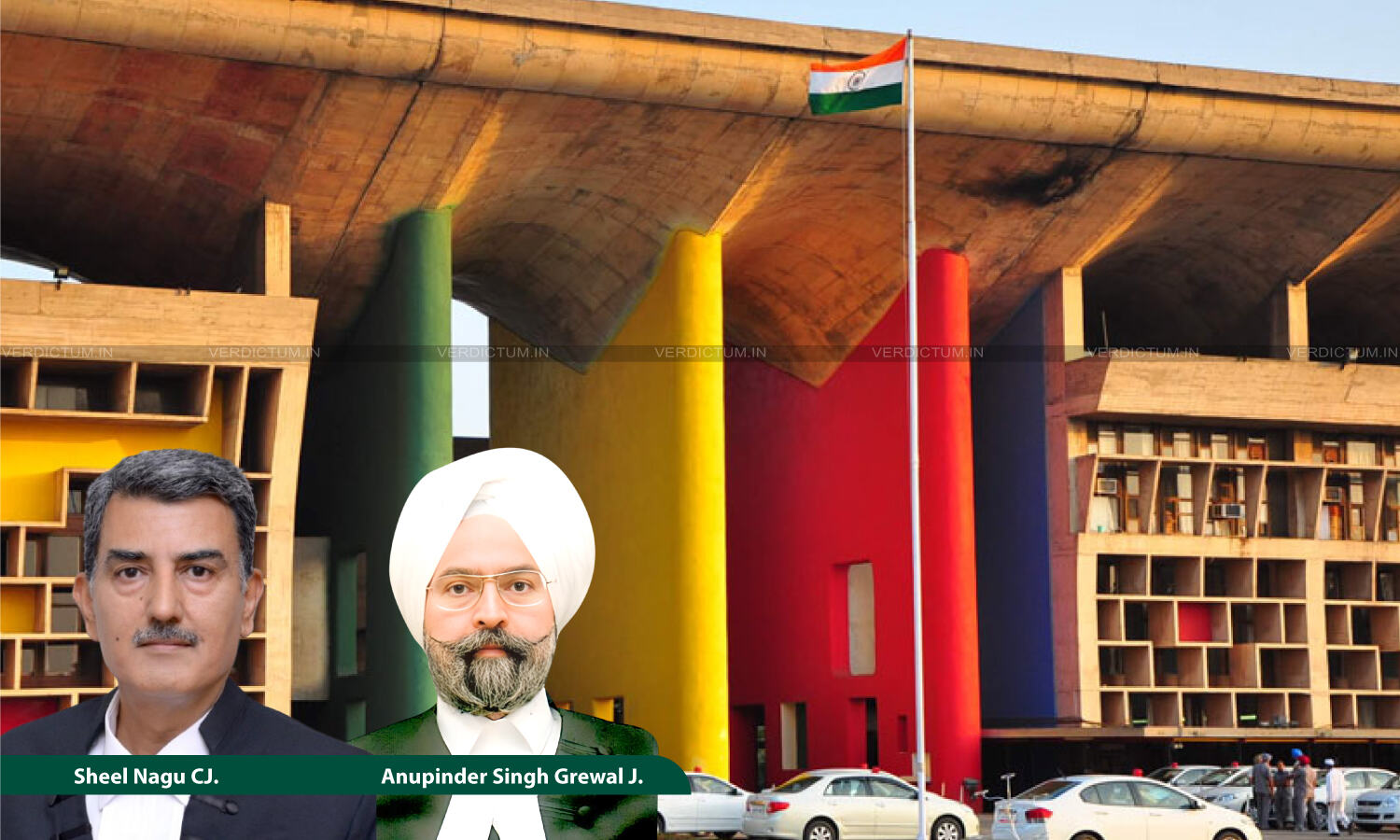Call For Papers, Indian Competition Law Review, NLU, Jodhpur, Law Schools
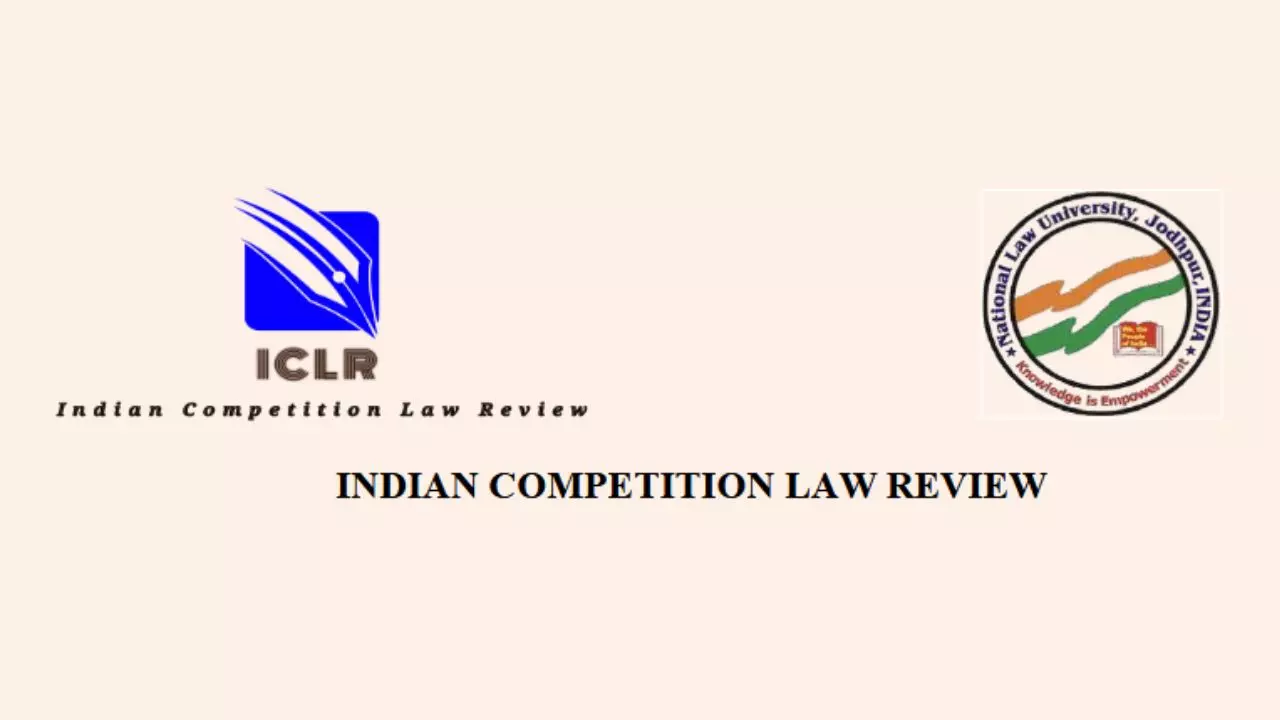
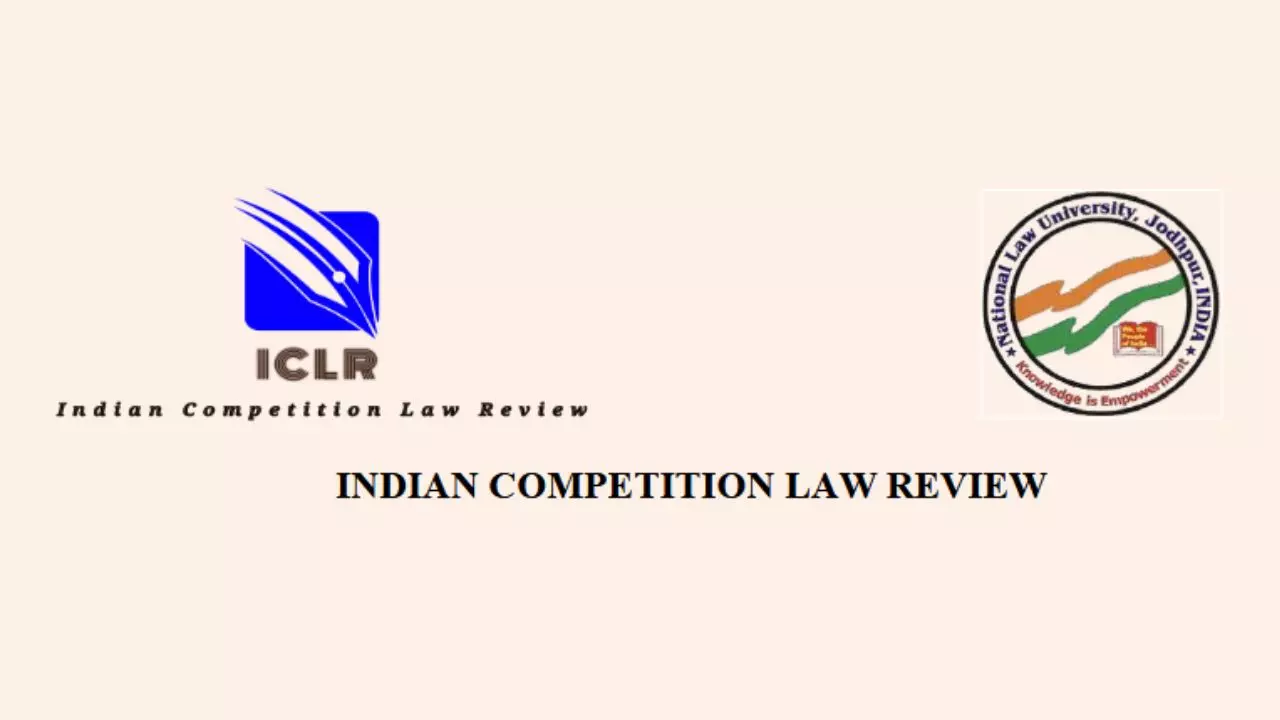
The Centre for Competitors Legislation and Coverage (“CCLP”), NLU Jodhpur, invitations submissions for Quantity X Problem I of Indian Competitors Legislation Assessment (“ICLR”).
Nationwide Legislation College Jodhpur (NLUJ) is without doubt one of the foremost regulation faculties in India. Since its institution in 1999, it has endeavoured to provide legal professionals and authorized students and has aimed toward pushing and difficult the boundaries of information. The College has beforehand been chosen by the Competitors Fee of India to be a part of a panel of establishments tasked with conducting competitors assessments of financial laws, payments, and insurance policies.
CCLP was established as an initiative to advertise interdisciplinary analysis within the subject of competitors regulation and coverage making. As part of this initiative, CCLP publishes its flagship journal, ICLR. ICLR serves as a platform for understanding present tendencies in addition to setting out new concepts.
The earlier editions of the journal have acquired manuscripts from many authorized luminaries, practising legal professionals, regulation professors, Ph.D. students, and regulation college students from all over the nation and overseas. After success of the final version, CCLP declares the decision for papers for Quantity X Problem I of the ICLR. The web site of the journal will be accessed at http://iclr.in/.
Theme of the Problem
The theme of this challenge is “Past the Conventional Lens: Reimagining Truthful Competitors in World Markets”. Every other article not beneath the preview of the aforementioned theme may be accepted topic to the discretion of the board. These could embody:
• The complete vary of substantive competitors regulation subjects (anti-competitive agreements, abuse of dominance, merger management and so forth.);
• Competitors litigation and enforcement;
• Issues in different fields that have an effect on, or elevate points associated to competitors regulation, similar to mental property regulation, firm regulation, power regulation, knowledge privateness and knowledge safety and so forth.
Eligibility and Phrase Restrict
• The manuscript could also be co-authored by a most of two authors.
• The journal accepts the next sorts of submissions:
o Articles – 5,000 to 10,000 phrases.
o Quick notes – 2,500 to five,000 phrases.
o Case Feedback – 1,500 to 2,500 phrases
These phrase counts are unique of footnotes. The Editorial Board reserves the fitting to enhance or chill out the phrase restrict, relying on the standard of the submission.
Submission Pointers
• The mail bearing the manuscript should declare, in its physique, the class for which the submission is made, i.e. article/quick notes/case remark.
• The physique of the manuscript needs to be in Garamond, font dimension 12 with 1.5 line spacing.
The footnotes needs to be in Garamond, font dimension 10 with single line spacing.
• The manuscripts needs to be correctly footnoted wherever sources are getting used. The use of endnotes, hyperlinks, and so forth. is strictly prohibited. Additional, no talking footnotes (descriptive footnotes) are allowed.
• All of the sources within the footnotes should conform to the Oxford College Commonplace for Quotation of Authorized Authorities (OSCOLA) 4th ed. type of quotation.
• The manuscripts have to be preceded by an summary of no more than 250 phrases.
• The manuscript should not include any reference to the creator’s identify, affiliation or credentials.
• All manuscripts have to be accompanied by a canopy letter with the identify(s) of the creator(s), establishment/affiliation, the title of the manuscript, and call particulars. The creator should additionally verify within the cowl letter that the manuscript will not be being thought-about for publication elsewhere.
• The manuscript have to be an authentic and unpublished work.
• If mandatory, ICLR could request the creator to offer a printed copy of the manuscript, along with the digital copy.
For extra particulars, discuss with the ICLR Contribution Pointers here.

